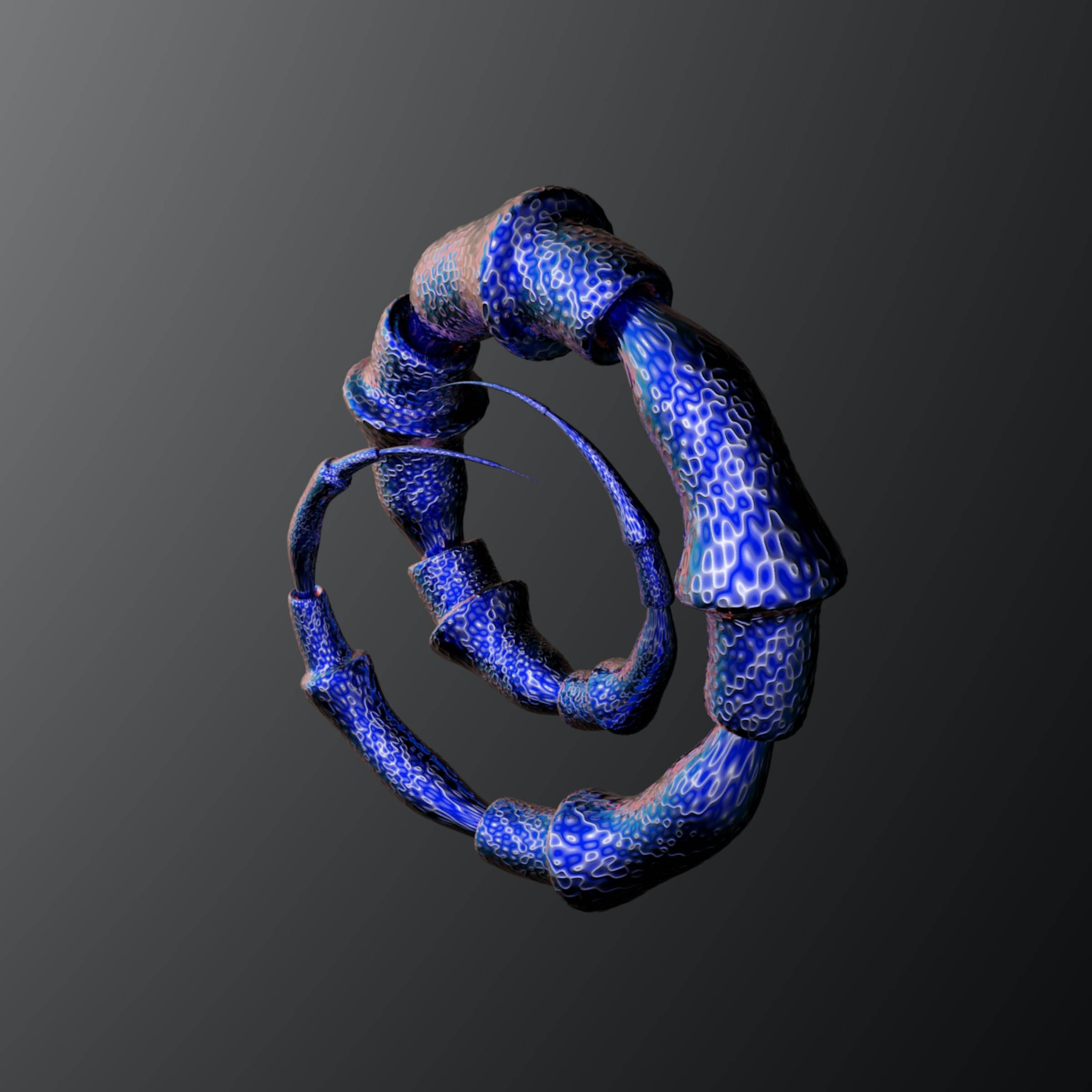
All

Exploring the Cultural Significance of Century Eggs in Asian Cuisine
Century eggs, also known as pidan or hundred-year-old eggs, are a unique delicacy in Asian cuisine that holds significant cultural value. These preserved eggs have a distinct black color, gelatinous texture, and a strong aroma that may not appeal to everyone's taste buds. However, they have been an integral part of Asian culinary traditions for centuries.
The cultural significance of century eggs can be attributed to several factors:
- Historical Significance: Century eggs have a long history dating back to ancient China, where they were developed as a method of preserving eggs for extended periods. This preservation technique allowed eggs to be stored and consumed during times of scarcity, making them an important food source.
- Culinary Tradition: Century eggs are widely used in various Asian dishes, adding a unique flavor and texture. They are commonly incorporated into porridges, congee, steamed dishes, and even in modern fusion cuisine. The rich umami taste and creamy consistency of the preserved egg yolks complement the other ingredients, creating a harmonious balance of flavors.
- Social and Festive Significance: Century eggs are often associated with special occasions and festivals in Asian cultures. They are frequently served during Lunar New Year celebrations, symbolizing prosperity and good fortune for the coming year. The eggs' dark color is believed to represent the cycle of life and rebirth.
- Symbolism: Century eggs hold symbolic meanings in different Asian cultures. In Chinese culture, they are sometimes referred to as "pine-patterned eggs" due to the unique patterns formed on the egg whites during the preservation process. These patterns are reminiscent of pine branches, which symbolize longevity and endurance.
It's important to note that century eggs may not be universally embraced due to their strong flavor and appearance. However, they continue to be cherished by many who appreciate their cultural significance and unique taste.
References:
- Wang, Y. (2015). 10 Things to Know About Century Eggs. The Spruce Eats. Retrieved from https://www.thespruceeats.com/century-eggs-694747
- Nguyen, A. (2017). Century Eggs: Chinese Delicacy. Viet World Kitchen. Retrieved from https://www.vietworldkitchen.com/blog/2017/02/century-eggs-pidan-recipe.html
- Chen, M. (2020). Century eggs: The Chinese delicacy that divides. BBC Travel. Retrieved from https://www.bbc.com/travel/article/20200426-century-eggs-the-chinese-delicacy-that-divides
Related Posts
© 2025 Invastor. All Rights Reserved

User Comments